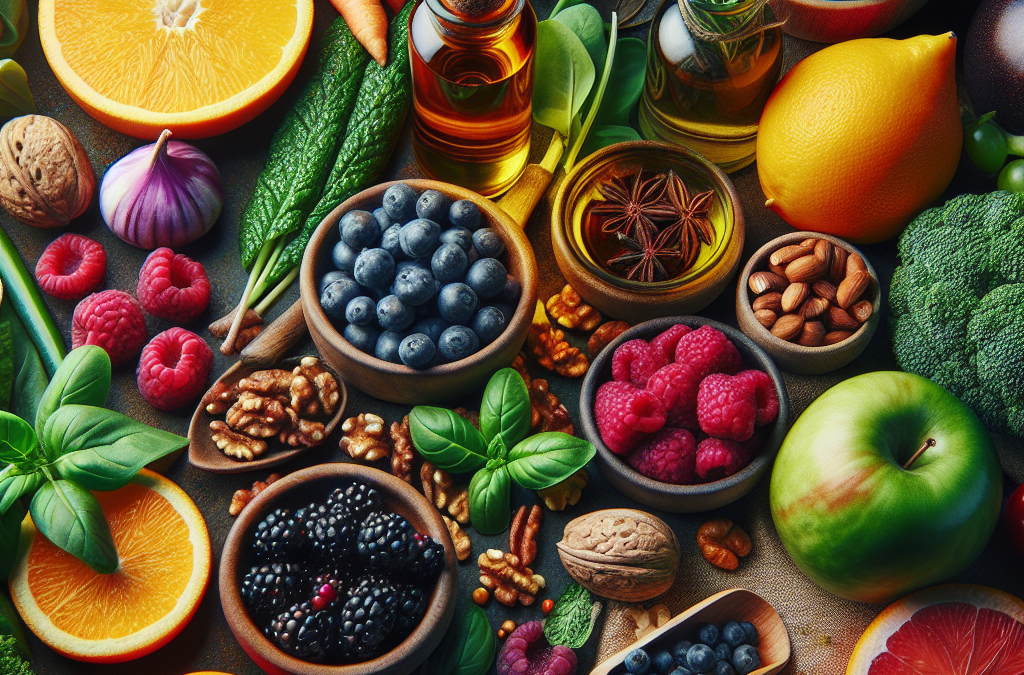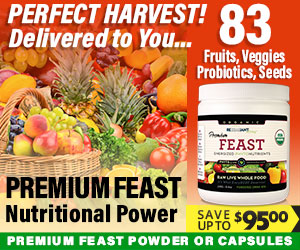Understanding the Basics of Healing Foods
What Are Healing Foods?
Healing foods are essentially those that go beyond mere nourishment. They’re packed with nutrients that support our health and well-being. From vibrant fruits to leafy greens, these foods play a crucial role in how our body functions. When I began to explore this concept, I realized that many of the everyday foods I loved were actually doing wonders for my body.
Take berries, for instance. Not only are they delicious, but they’re also loaded with antioxidants, which help fight inflammation. This was a game-changer for me; I started adding them to my breakfast smoothies and noticed a significant boost in my energy levels throughout the day.
Moreover, meals rich in whole foods, like quinoa and lentils, provide sustained energy without those dreaded sugar crashes. It’s incredible how simple it can be to harness the power of food for better health.
The Role of Nutrients
Nutrients are the building blocks of our health. They come in different forms, each serving unique purposes within our bodies. I often hear folks dismiss vitamins and minerals as just ‘healthy talk,’ but understanding them can seriously impact how we feel daily.
I’ve personally found that incorporating vitamin-rich foods, such as spinach (hello, healthy iron!), has made my workouts more effective. Iron helps transport oxygen in your blood. It might sound trivial, but when your body gets the right nutrients, everything functions better!
Additionally, don’t overlook the power of omega-3 fatty acids found in fish and flaxseeds. They’re vital for brain health. Once I upped my intake of these foods, I not only felt sharper mentally but also noticed improvements in mood.
Seasonality and Freshness
Eating with the seasons has become a bit of a passion for me. Not only does it support local farmers, but seasonal produce is often fresher and more nutrient-dense. I remember one summer indulging in sweet, juicy tomatoes straight from the vine. The difference was eye-opening!
Plus, seasonal eating encourages variety in your diet. I’ve learned that when I’m open to what’s available each month, it’s much easier to create interesting meals. That feeling of excitement while strolling through a local farmers’ market is unbeatable!
Lastly, fresh foods tend to retain more of their nutrition compared to those that have been shipped long distances. Knowing that I’m fueling my body with the best possible ingredients makes cooking feel like a joyful art form rather than a chore.
Incorporating Healing Foods into Your Diet
Meal Planning Made Easy
When I first tried to incorporate more healing foods into my diet, it felt overwhelming. I quickly learned that meal planning can save you time and keep you on track. By designating a few hours each week to plan meals, I could ensure that I was eating nutritious options.
I love sitting down with a cup of tea, browsing through recipes, and setting aside some time to chop veggies for the week. It’s really liberating! Having everything ready to go not only simplifies cooking but also makes it far less tempting to grab those processed snacks.
Also, don’t be afraid to batch cook! Making a big pot of soup or chili can provide meals for several days, and they often taste even better the next day. Knowing I’ve got something healthy and hearty waiting for me in the fridge always brings a smile.
Experimenting with Recipes
I’ve found that one of the best ways to enjoy healing foods is to try new recipes. Stepping out of my comfort zone has led me to some amazing flavor combinations. For instance, who knew that a pinch of turmeric could turn an ordinary curry into a health powerhouse?
I also enjoy asking friends to share their favorite recipes. It’s a fun way to connect, and I’m always amazed at the creative things they come up with. Whether it’s a zesty quinoa salad or a rich vegetable stir-fry, sharing meals has become one of my favorite ways to bond with people.
Don’t forget to tweak recipes to suit your taste! I routinely add extra veggies or swap out ingredients I have on hand, fostering a sense of ownership in my cooking that has made me enjoy meal prep much more.
Your Own Preferences
One thing I’ve learned is that healing foods should be enjoyable. If you don’t like it, there’s no point in forcing it down. I’ve found that listening to my body and understanding what feels good is essential. Trust me, being adventurous in your food but mindful of your tastes leads to a more satisfying experience.
Get Certified Organic Whole Food Nutrition – Nutrient Dense Supplement
As I’ve explored this philosophy, I’ve discovered foods that I truly enjoy, like sweet potato and kale. These ingredients don’t just taste good; they make me feel fantastic! I challenge you to try out different healing foods and see what resonates with you.
Last year, I made a rule: if I see something new at the market, I have to buy it and figure out a way to use it. It’s been so much fun discovering new flavors while upping my nutrition game.
The Emotional Connection to Food
Nourishing Your Mind
Food isn’t just fuel; it also plays a crucial role in our emotional health. I’ve noticed that cooking and eating can serve as a meditation for me. As I chop fresh herbs or simmer a pot of soup, my mind feels clearer, and my stresses seem to melt away. It’s like a therapy session with a side of garlic!
The act of preparing meals gives me an opportunity to be present in the moment. It allows me to connect with what’s nourishing me on a deeper level. I often think about where the ingredients come from and the effort involved in bringing wholesome food to my table. It helps me feel grateful, which uplifts my spirit.
I’ve discovered that sharing meals enhances this emotional nourishment. Inviting friends or family over for dinner brings joy not only in the food shared but also in the memories created. It’s a powerful reminder that food connects us all.
Mindful Eating Practices
Mindfulness is an essential aspect of healing through food. When I make a conscious effort to slow down while eating, I truly savor and appreciate every bite. It helps me notice how certain foods make me feel physically and emotionally, allowing more self-awareness in my eating habits.
One technique I practice is to put my phone away during meals. This simple act keeps distractions at bay, and I can focus more on the flavors and textures of my food. I find it makes the experience richer and far more fulfilling.
Additionally, listening to my hunger cues has been transformative. Distinguishing between actual hunger and emotional cravings has allowed me to develop a healthier relationship with food. This new understanding has made it possible for me to enjoy treats without guilt, knowing I won’t sabotage my health.
The Cultural Aspect of Healing Foods
Exploring the cultural significance of various healing foods has added an exciting layer to my culinary journey. Each culture brings distinct flavors and practices that honor health and nutrition. For me, diving into different cuisines is like a world tour of flavor!
I was amazed to learn how many cultures incorporate herbs and spices renowned for their health benefits. For example, Indian cuisine is full of turmeric and ginger, both celebrated for their anti-inflammatory properties. It’s mind-blowing how food traditions have stood the test of time because they’ve prioritized health.
Moreover, sharing these foods with friends from different backgrounds has broadened my palate and deepened my appreciation for diversity in cooking. The more I learn about the stories behind these dishes, the more enthusiastic I become about practicing my own healing-food ritual.
FAQs
1. What are healing foods?
Healing foods are foods that provide nutritional benefits beyond basic sustenance. They include fruits, vegetables, whole grains, and certain spices that help improve health and prevent disease.
2. How can I incorporate more healing foods into my diet?
Start with meal planning and try new recipes that emphasize healing ingredients. Focus on whole foods, and don’t hesitate to experiment with seasonal produce.
3. Are there specific foods I should avoid?
While it’s important to enjoy your favorites in moderation, minimizing processed foods and limiting added sugars can significantly enhance your overall health.
4. Can healing foods impact my mental health?
Absolutely! Certain foods can improve mood and cognitive function. Mindful eating can also help create a positive relationship with food.
5. How do cultural practices influence healing foods?
Cultural practices shape dietary habits and highlight the use of specific healing ingredients. Exploring these foods can deepen your appreciation for both nutrition and diversity.




